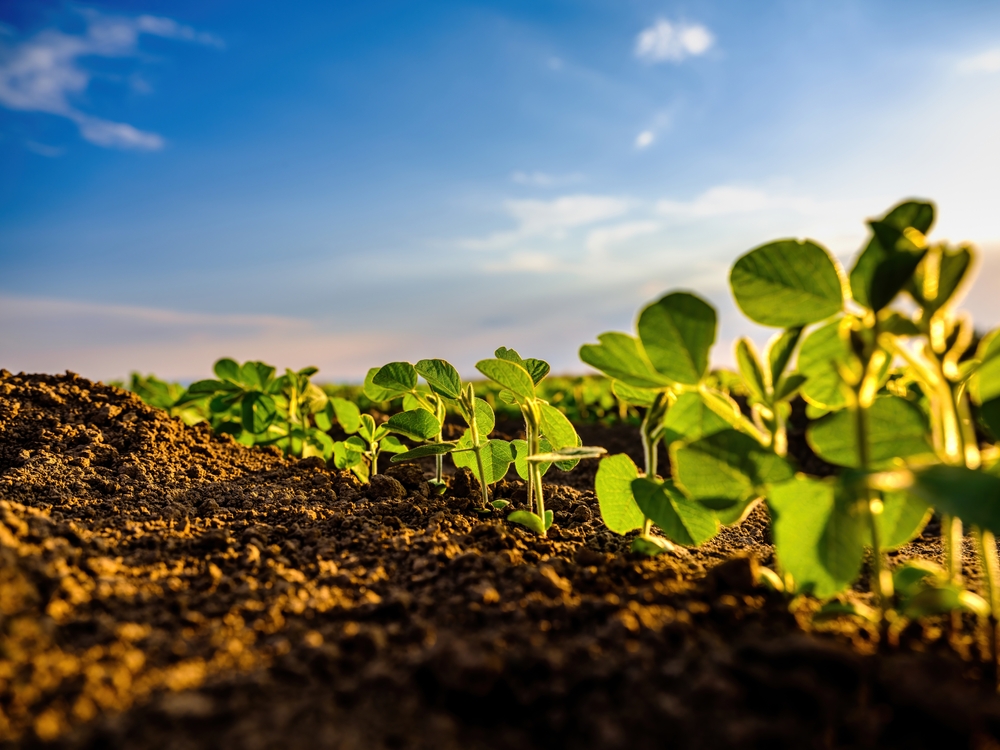
Image Source: Shutterstock.com
Winter can feel like it stretches on forever when the pantry shelves start looking bare. The days grow short, the wind bites, and suddenly, the idea of a fresh, crisp carrot or a hearty turnip feels like a luxury. That’s where the magic of storing root crops comes in. These humble vegetables aren’t just survival staples—they’re flavor-packed, nutrient-rich heroes that can carry you through the lean months. Learning how to store them effectively transforms your winter diet from a series of sad soups to a vibrant celebration of garden bounty.
Why Root Crops Are Perfect For Storage
Root crops like carrots, parsnips, beets, and turnips are designed by nature to last. Their dense flesh and protective skins allow them to resist spoilage longer than most vegetables. Unlike delicate greens or summer squash, root vegetables are built to endure cold and low light. This makes them ideal candidates for long-term storage through the winter months. With a bit of care, these crops can remain crisp, flavorful, and nutritious for months, bridging the gap between harvest and spring.
Ideal Conditions For Extending Shelf Life
Temperature and humidity are the twin keys to successful root crop storage. Most root vegetables thrive in cool, dark environments—ideally around 32 to 40 degrees Fahrenheit with high humidity. Too much warmth or dry air can quickly cause them to shrivel or sprout prematurely. On the other hand, freezing temperatures can destroy their texture and flavor. Creating a dedicated storage space, whether it’s a root cellar, cold basement, or insulated garage, gives your crops the ideal conditions to stay fresh for weeks or even months.
Simple Techniques To Keep Vegetables Crisp
Storing root crops doesn’t require complicated machinery or expensive gadgets. A layer of sand, sawdust, or shredded newspaper can protect vegetables from drying out and reduce contact with moisture that leads to rot. Many gardeners prefer perforated plastic bins or wooden crates lined with these materials to create microenvironments that preserve freshness. Periodically checking for damaged or soft vegetables prevents one bad apple—or carrot—from spoiling the bunch. With minimal effort, you can dramatically extend the life of your winter harvest.
Nutritional Benefits That Last Into Winter
Root vegetables don’t just survive storage—they continue to deliver health benefits long after harvest. Carrots retain beta-carotene, turnips maintain vitamin C levels, and beets provide essential minerals even after months in storage. These nutrients help strengthen immune systems during the cold months when fresh produce is scarce. Maintaining a stock of root crops ensures that your diet remains balanced and flavorful. It’s like having a secret arsenal of wellness waiting quietly in your cellar.
Creative Ways To Use Stored Crops
Just because root crops are sitting in storage doesn’t mean they have to stay boring. Roasting, steaming, mashing, or pickling can transform these hardy vegetables into gourmet dishes. Soups, stews, gratins, and casseroles become richer and more flavorful with the addition of long-stored roots. Even simple snacks like roasted beet chips or carrot fries take on a new dimension after months of careful storage. By experimenting in the kitchen, you can make the most of every root crop, keeping winter meals exciting and satisfying.
Common Mistakes To Avoid When Storing
Even experienced gardeners can stumble when storing root crops. One of the biggest mistakes is storing wet vegetables, which accelerates rot. Another is mixing incompatible vegetables, like storing apples alongside carrots, which can lead to premature sprouting or spoilage due to ethylene gas. Overcrowding crates or bins restricts airflow, creating pockets of moisture that lead to decay. Avoiding these pitfalls ensures that your winter pantry remains abundant and reliable throughout the season.

Image Source: Shutterstock.com
Benefits Beyond Survival
Storing root crops isn’t just about surviving winter—it’s about enjoying self-reliance, flavor, and creativity. Having a steady supply of vegetables reduces the need for store-bought produce during the off-season. It also fosters a connection to the cycles of your garden and an appreciation for the care it takes to grow, harvest, and preserve food. Each vegetable becomes more than sustenance—it becomes a reminder of the work, patience, and dedication that went into producing it. For many, the ritual of storing crops is as satisfying as eating them.
Extend Your Winter Pantry With Confidence
Root crops are nature’s winter warriors, and learning to store them correctly unlocks a season of culinary and nutritional abundance. From careful temperature control to simple protective layers, these techniques ensure that your vegetables remain fresh, flavorful, and nutrient-rich through the cold months. Winter no longer has to be a time of scarcity and bland meals; with a little preparation, your pantry can become a treasure trove of healthy, versatile food.
Have you ever stored root crops successfully—or learned a lesson the hard way? Share your thoughts, stories, or tips in the comments section below.
You May Also Like…
9 Root Vegetables to Store in Sand This Winter
The Foolproof Way to Keep Potted Plants Alive All Winter
How Frost Can Sweeten Certain Vegetables Overnight
9 Crops That Overwinter for a Spring Harvest
The Easiest Way to Keep Young Trees Safe from Winter Winds
Leave a Reply